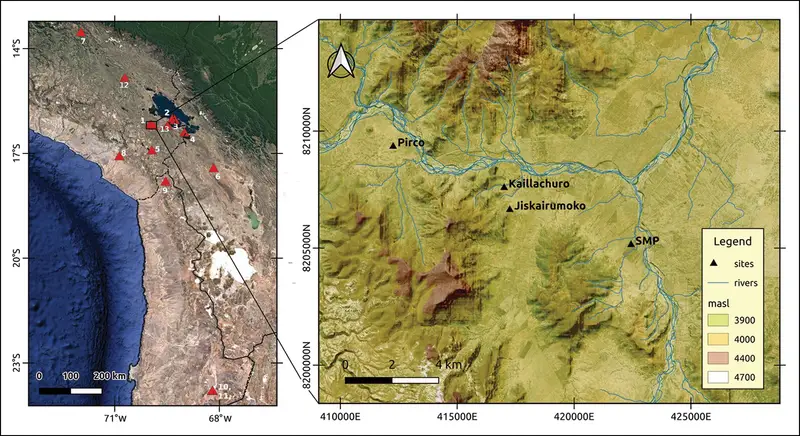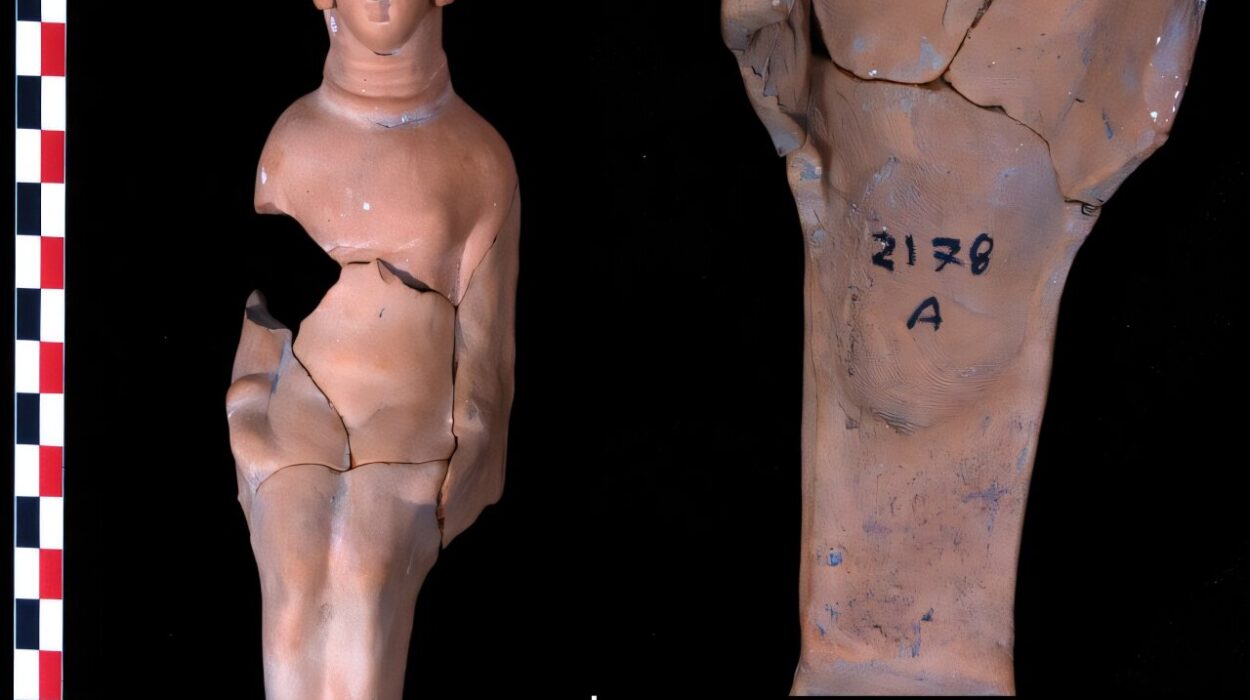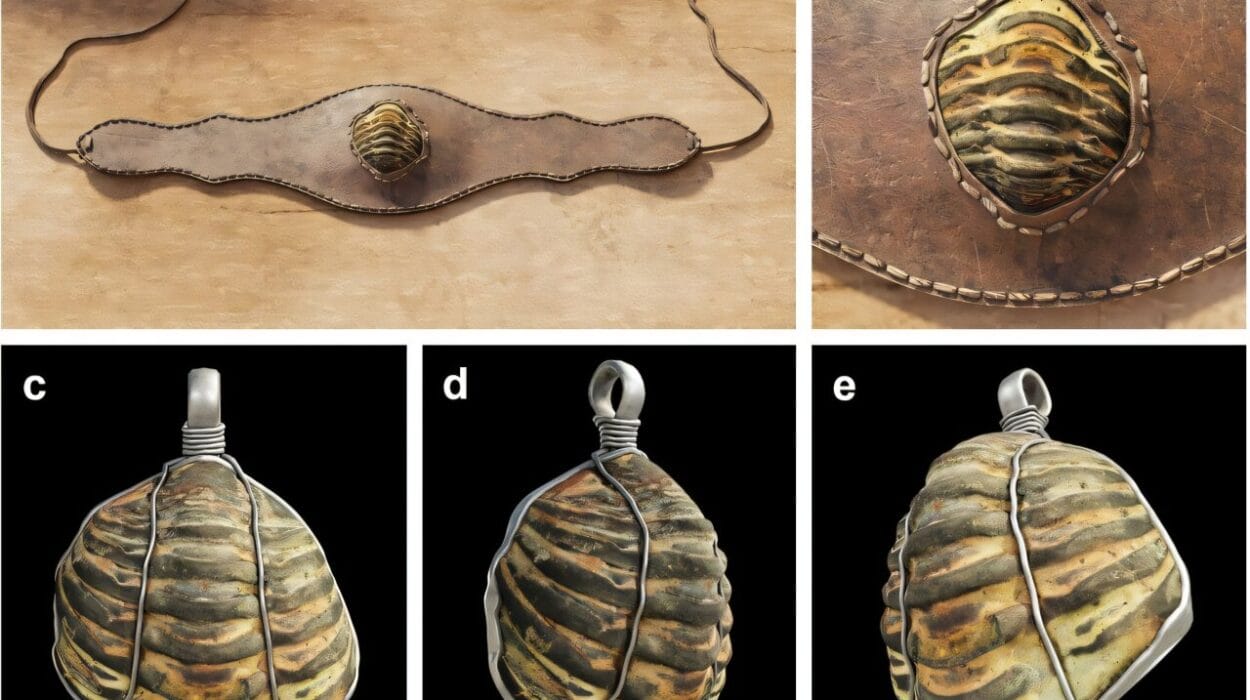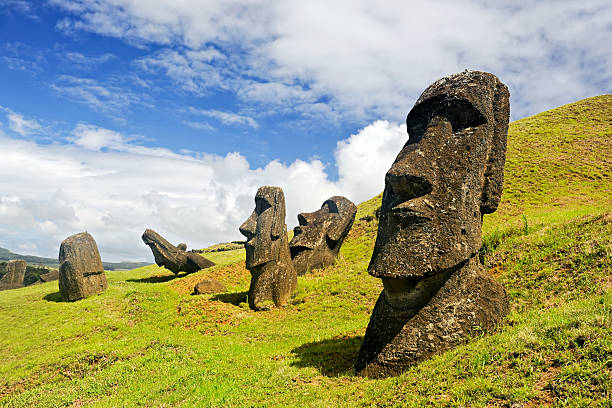High in the windswept grasslands of the Peruvian Andes, where clouds skim the peaks and the air carries whispers of ancient voices, a quiet revolution in archaeology is unfolding. A cluster of unassuming burial mounds at a site called Kaillachuro is changing the way we understand one of humanity’s most powerful expressions of culture: monumental architecture.
For centuries, archaeologists believed that such imposing structures—pyramids, tombs, temples—were built by complex societies with rigid hierarchies, elite rulers, and large, organized labor forces. But new research published June 24 in the journal Antiquity suggests something far more surprising: even small, egalitarian hunter-gatherer groups—without kings or centralized power—had the vision and determination to reshape their landscapes in lasting ways.
And they did it not for rulers, but for memory.
A Monumental Mystery in the Highlands
Kaillachuro sits in the Titicaca Basin, a stunning expanse of high-altitude terrain more famous for its ancient Incan legacy than for early human settlements. Yet long before the Incas rose to power, before cities were carved into stone and power was consolidated into royal hands, something profound was happening here.
Nine low-lying mounds dot the site, mostly unnoticed by the modern eye. But through decades of careful excavation and radiocarbon dating, researchers from the University of California have discovered that these are no ordinary heaps of earth. They are monuments—built over 5,000 years ago by people who lived off the land, hunted animals, gathered plants, and likely had no formal leaders.
“Kaillachuro is an extraordinary find because it shows that mounds were used in ritual contexts for over 2,000 years,” said lead author Luis Flores-Blanco, now a postdoctoral researcher at Arizona State University. “Our study shows that rituals surrounding the dead can, through repeated action, generate visible monumental formations in the landscape.”
And just like that, one of archaeology’s central assumptions begins to shift.
Built by Memory, Not Mandate
The traditional narrative goes like this: monumental architecture emerges when societies develop hierarchy. Kings, priests, and elites order great structures built to display power and enforce belief systems. From Stonehenge to the Egyptian pyramids, visibility was tied to control.
But at Kaillachuro, there’s no evidence of elite control. No palaces. No signs of centralized authority. What archaeologists found instead were graves—simple at first, then gradually more elaborate. Burial pits gave way to stone-lined boxes. Over time, layers of debris, stone, and earth accumulated from generations of rituals and remembrance. What began as modest interments evolved into mounds that rose visibly above the land.
“In many societies, the burial of ancestors compels us to return, reminisce, and mark a space as special,” Flores-Blanco explained. “At Kaillachuro, this happened in a similar way—though here, these repetitive practices formed mounds that not only shaped the landscape but likely also influenced the practices of the living.”
In short: the monument wasn’t planned. It was remembered into being.
5,300 Years Ago, A New Kind of Community Emerged
Radiocarbon analysis dates the beginning of mound construction at Kaillachuro to roughly 5,300 years ago—about 1,500 years earlier than monumental architecture was previously believed to exist in the region. These early builders weren’t farmers in the traditional sense. They were transitional—hunter-gatherers beginning to settle down, experimenting with small-scale agriculture, learning new tools like the bow and arrow.
But they had already begun building the spiritual architecture of memory.
Over two millennia, as community members continued to return and honor their dead, the mounds grew. The rituals repeated. Tools, projectile points, and burial goods accumulated. The past became sediment, layer by layer. The landscape changed—not because a ruler demanded it, but because a community kept coming back.
“Kaillachuro was not initially planned as a mound site,” said Flores-Blanco. “Rather, it developed gradually through ongoing acts of burial ritual and remembrance tied to the community’s ancestors.”
Monumentality Without Elites?
The implications of this discovery are profound. It suggests that the human urge to build great structures may not have been born purely out of power dynamics—but also out of love, grief, memory, and ritual.
“Most researchers in the Andes argue that monumental architecture is a product of elites, intentionally constructed as a space of centralized power,” said Flores-Blanco. “We propose that monumentality can emerge from hunter-gatherer groups without institutionalized inequality.”
The co-author of the study, Mark Aldenderfer, professor emeritus of anthropology and heritage studies at UC Merced, first discovered Kaillachuro in 1995. Since then, the site has slowly revealed its story through careful excavation and study.
And it’s not just an Andean story—it’s a human one. Across time and culture, from burial cairns in Ireland to mound cultures in the American Midwest, communities have created sacred spaces not by decree, but by devotion.
Redrawing the Map of Human Achievement
The discovery at Kaillachuro is part of a larger movement in archaeology—one that challenges assumptions about “primitive” versus “civilized” societies. It highlights that even in the absence of cities and kings, ancient people were capable of complex thought, spiritual expression, and communal innovation.
At its heart, this study asks a timeless question: What drives us to build?
Sometimes the answer is glory. Sometimes it is power. But sometimes, it’s simply the memory of those we’ve loved and lost.
Kaillachuro stands not as a monument to empire, but as a monument to memory. And in that, it may be even more deeply human.
Reference: Luis Flores-Blanco et al, Kaillachuro: early monumental architecture of the Titicaca Basin, 5300–3000 BP, Antiquity (2025). DOI: 10.15184/aqy.2025.40






